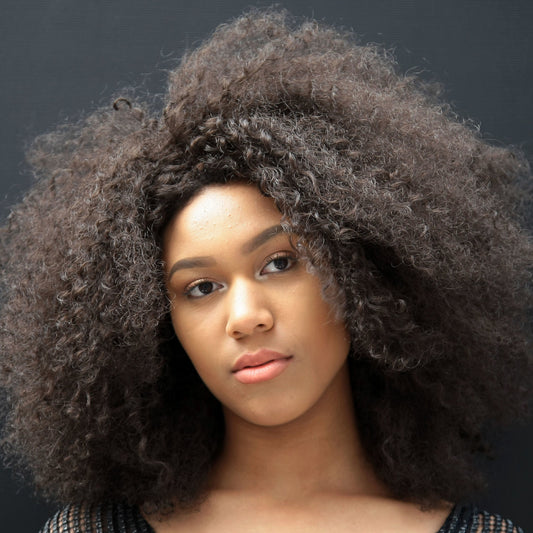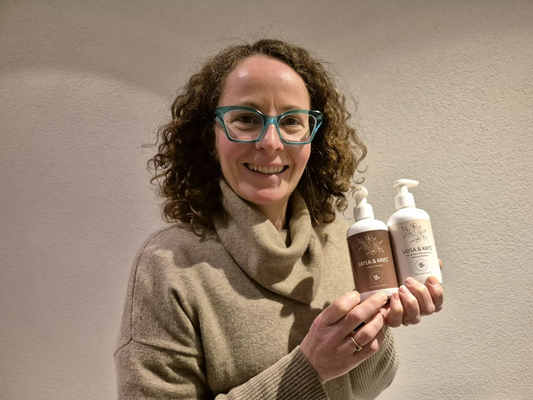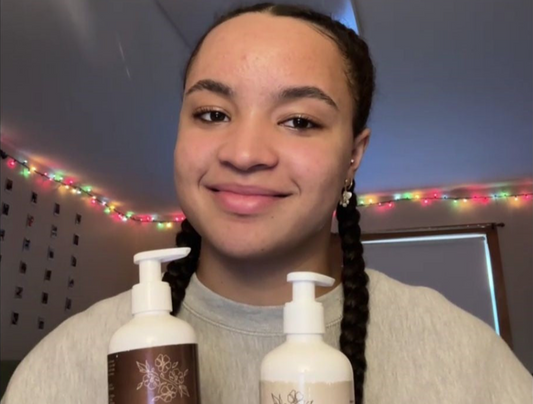The rich diversity of hair is a beautiful and vibrant spectrum of curl patterns, coils, and waves. It celebrates our unique identities and cultural heritage. However, textured hair has been underrepresented and misunderstood in the beauty industry for many years. In recent years, there has been a growing movement to embrace textured hair in all its forms. This movement involves social media, natural hair influencers, and beauty brands committed to creating inclusive products and services.
Understanding Textured Hair
Textured hair can be classified into four main types: straight, wavy, curly, and coily. Each type of hair has its own unique needs and characteristics.
- Straight hair is the most common hair type. It has a smooth, cylindrical shape and tends to lay flat against the head.
- Wavy hair has a slight S-shaped curl pattern. It can be fine or coarse, and it often has a lot of volume.
- Curly hair has a more defined S-shaped curl pattern. It can be loose or tight, and it can be fine or coarse.
- Coily hair has a zigzag or spring-like curl pattern. It is the most textured type of hair, and it is often the driest.
Within each of these main types, there are countless variations of curl pattern, density, porosity, and width. This diversity makes textured hair truly unique and beautiful.
Choosing the Right Products for Textured Hair
The beauty industry is increasingly recognising the importance of catering to the diverse needs of textured hair. However, a limited range of products is explicitly designed for curly, coily, and wavy hair. Here are vital factors to consider when choosing products:
-
Protect:
Textured hair requires protection from various stressors, including environmental factors, heat styling, mechanical damage, and UV rays. Look for products that:
- Contain UV filters, antioxidants, and heat protectants to shield the hair from harmful effects.
- Act as a barrier to preserve hair health and prevent future damage.
-
Hydrate:
Hydration is paramount for textured hair types, as they tend to be more susceptible to dryness. Ingredients to look for include:
- Aloe vera, coconut oil, and hyaluronic acid lock in moisture and maintain optimal levels.
- Hydrating products ensure hair remains soft, manageable, and well-moisturised.
-
Repair:
Textured hair is often more prone to damage due to its unique structure. Prioritise products that:
- Contain ingredients which reduce split ends and restore hair integrity like MitoTech
- Strengthen the hair, making it more resilient against daily wear and tear.
-
Restore:
Textured hair can experience moisture loss, leading to dryness, frizz, and a loss of natural shine. Opt for products that:
- Feature ingredients like shea butter, argan oil, and glycerin to replenish moisture, improve elasticity, and restore natural lustre.
- Revitalise the hair, leaving it soft, supple, and beautifully rejuvenated.
Embracing Your Hair's Unique Needs
Understanding the needs and requirements of textured hair will enable you to select the right products. Embrace your hair's natural beauty by choosing products that protect, hydrate, repair, and restore, allowing your curls, coils, and waves to shine in all their glory. By appreciating the rich diversity of textured hair and using the right products, we can celebrate our unique identities and help foster a more inclusive beauty industry for everyone.
You will find more information on textured hair at Global Textured Hair Movement https://gthm.org/




